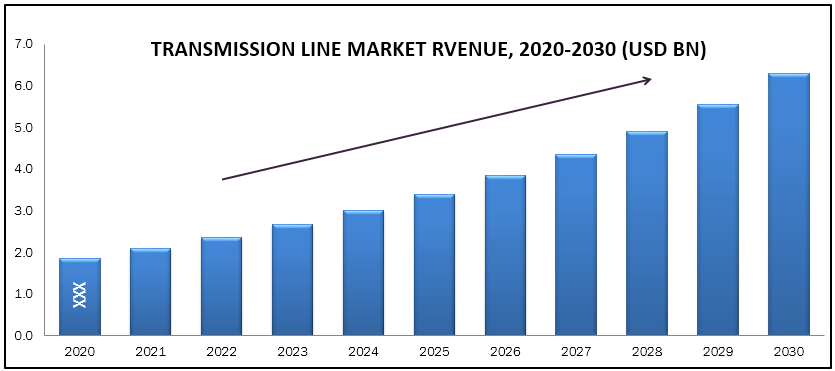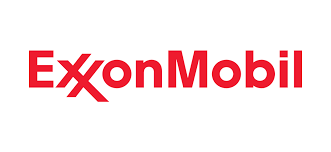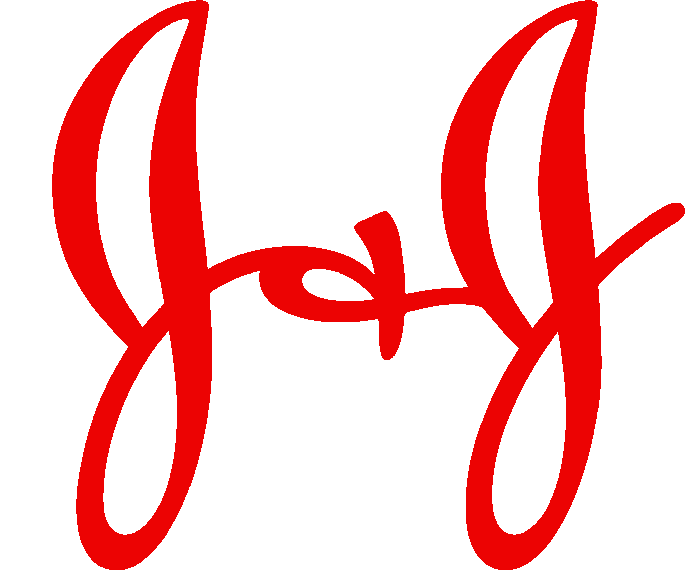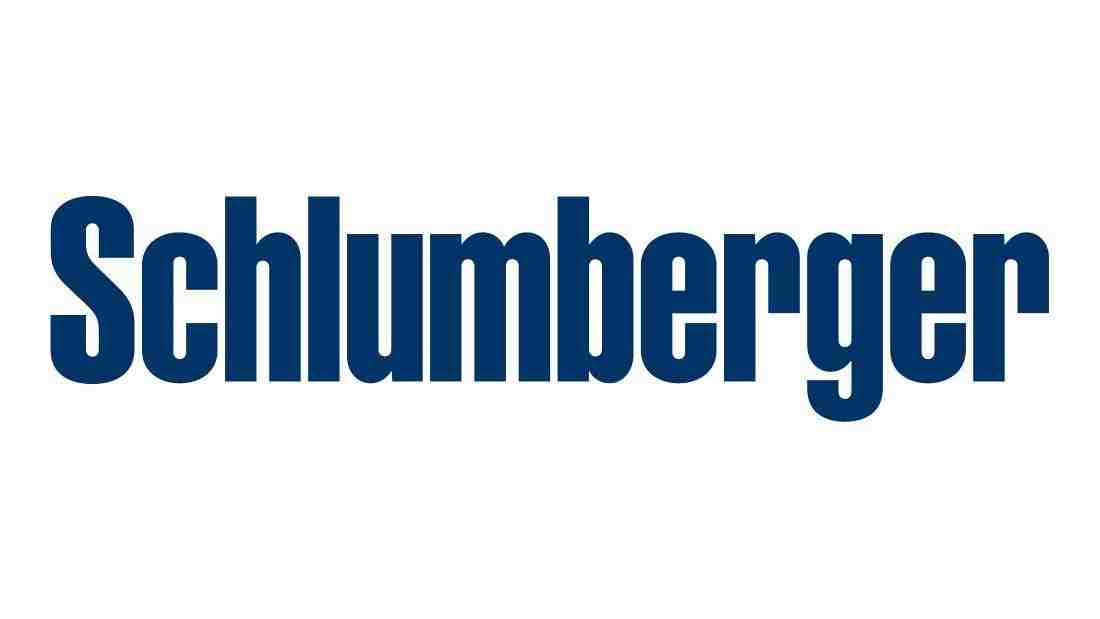Transmission Line Market size accounted USD XXX in 2020and is estimated to reach XXX by 2030 growing with a CAGR of XXX approximately during the forecast period.Transmission lines are electricity transferring systems used for the transmission of electrical energy from the generating station to the various substations, and from there to the final consumers. These lines are made up of mainly four components which includes resistance, capacitance, inductance, and shunt conductance. These are interconnected lines that enables the movement of electricity across the transmission infrastructure, from the generation site to the source of distribution.
Market Segmentation:
On the basis of product type, the transmission line market can be classified into two ways i.e. by conductor and by insulation. Conductors are further classified as conventional, high temperature, and others. Conventional category includes ACSR, ACAR, AAC, AACSR, and AAAC; high temperature category includes TAI and ZTAI, whereas the others comprises of ACCC, ACCR, ACFR, and CRAC. Insulations are further classified into PVC, XLPE, and Rubber. Based on voltage, the market is segmented into ranges varying between 132kV-220kV, 221kV-660kV, and greater than 660kV. According to application, the transmission line market is categorized into high tension, extra-high tension, and ultra-high tension transmission lines. By current, the market is bifurcated into high voltage AC and high voltage current transmission lines. Geographically, the global transmission line market can be broadly divided into five regions mainly North America, Europe, Asia Pacific, and RoW.
Market Dynamics and Factors:
Rapid urbanization, commercial development, and increasing investments towards transmission and distribution (T&D) infrastructure are the major factors driving the global transmission line market. For instance, in December 2019, General Electricals secured 1215 MW onshore wind farm project which will power 850,000 homes in China. A paradigm shift towards the integration of smart grid infrastructure across existing T&D networks along with growing customer preference over renewable energy resources will further augment the power transmission lines market growth. Furthermore, ongoing technological developments across electrical grid networks in line with growing infrastructural investments in developed and emerging economies will boost the market in the future. For instance, Arteche developed a smart VAR IC range combining harmonic filter and capacitor bank in ISO/DV standard in order to provide harmonic filtering and reactive power compensation across renewable power generation plants. However, certain factors like slow paced technological evolution and high dependency on imports are hindering the growth of the transmission line market globally.
Geographic Analysis:
Asia Pacific region is expected to dominate the global transmission line market in terms of market share during the forecast period followed by North America and Europe. Expansion of ultra-high tension grid infrastructure across the developing nations will complement the product demand in the APAC region. For instance, the Government of India created an investment plan of Rs 2.6 lakh crore in the transmission sector during the FY17- 22, out of which an estimated Rs 1.3 lakh crore had been allocated for intra-state transmission capacity. Apart from this government’s focus on railway electrification and providing last mile connectivity and electrifying villages to accomplish the set target has added to the market volume. Furthermore, growing inclination towards retrofitting & revamping of existing grid networks along with rising investments across sustainable energy industry will drive the business landscape. The U.K power transmission line market, across Europe is predicted to surpass an annual installation of 70 metric tons during the forecast period. Stringent energy efficiency norms in sync with growing renewable energy share including wind and solar farms will fuel the product demand in the region.
Competitive Scenario:
The key players operating in the global transmission line market are –
General Cable, Siemens, ABB, Prysmian, Nexans, Sterling & Wilson, Southwire, Sumitomo Electric, CG Power, KEC, Jyoti Structures.
Transmission Line Market Report Scope
| Report Attribute | Details |
| Analysis Period | 2020–2030 |
| Base Year | 2021 |
| Forecast Period | 2022–2030 |
| Market Size Estimation | Million (USD) |
| Growth Rate (CAGR%) | XXX |
|
| By Product (By Conductor {Conventional [ACSR, ACAR, AAC, AACSR, AAAC], High Temperature [TAI, ZTAI], Others [ACCC, ACCR, ACFR, CRAC]}, By Insulation {PVC, XLPE, Rubber}, By Voltage (132kv-220kv, 221kv-660kv, >660kv), By Current (HVAC and HVDC), By Application (High Tension, Extra High Tension, and Ultra High Tension) |
| Geographical Segmentation | North America (U.S., Canada, Mexico) Europe (UK, Germany, Italy, France, Rest of Europe), Asia-Pacific (China, Japan, India, Australia, Rest of APAC), South America (Brazil, Argentina, Rest of SA), MEA (UAE, Saudi Arabia, South Africa) |
| Key Companies Profiled | General Cable, Siemens, ABB, Prysmian, Nexans, Sterling & Wilson, Southwire, Sumitomo Electric, CG Power, KEC, Jyoti Structures. |







